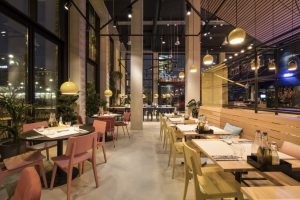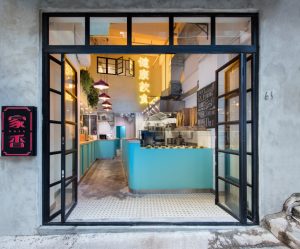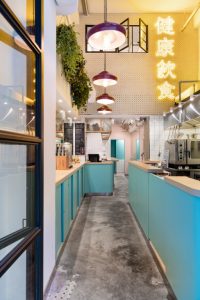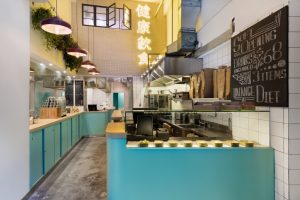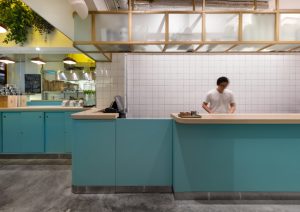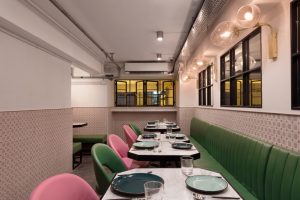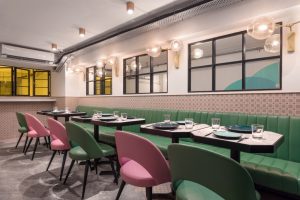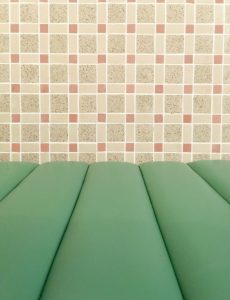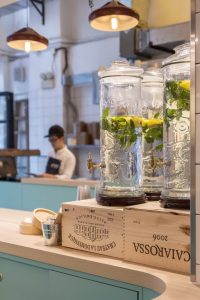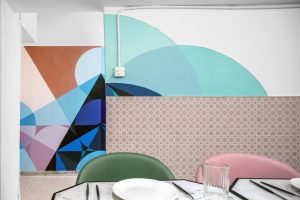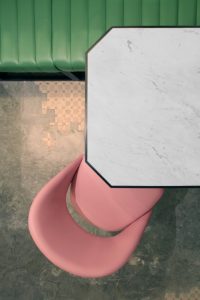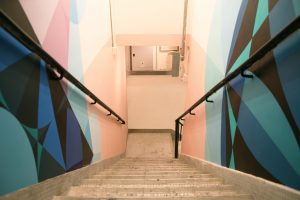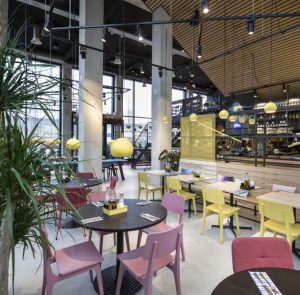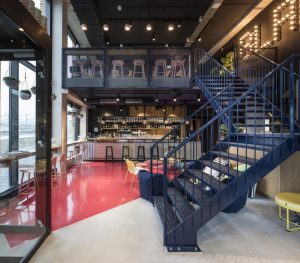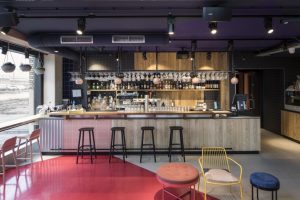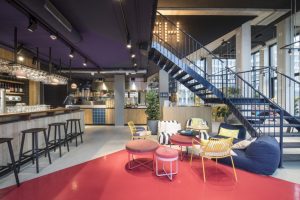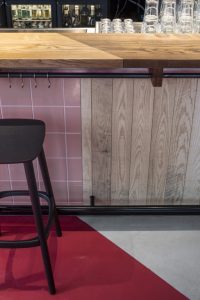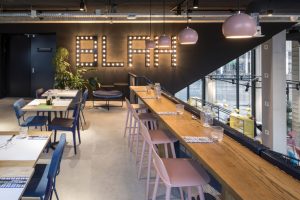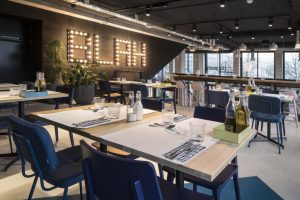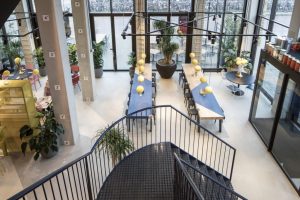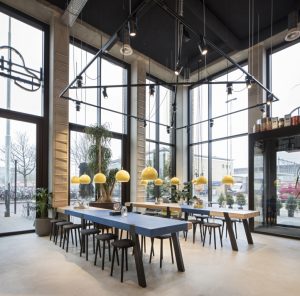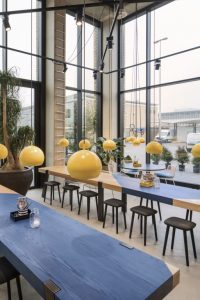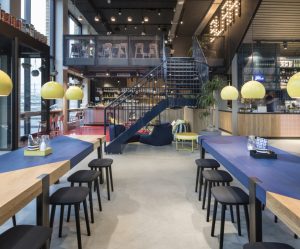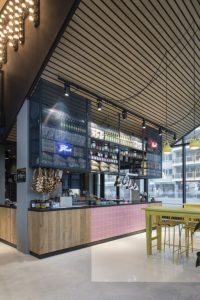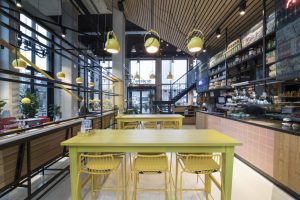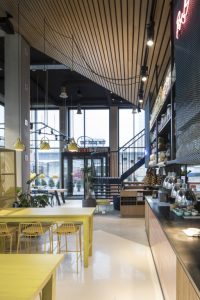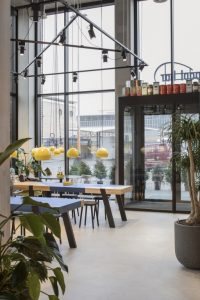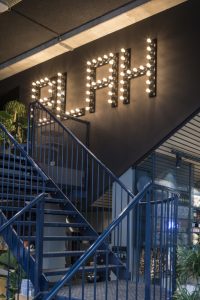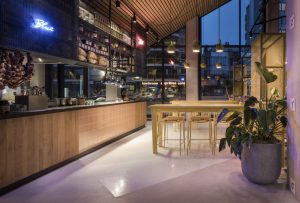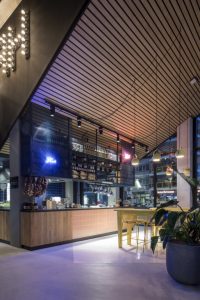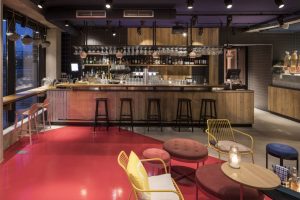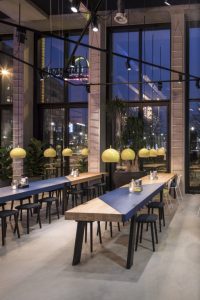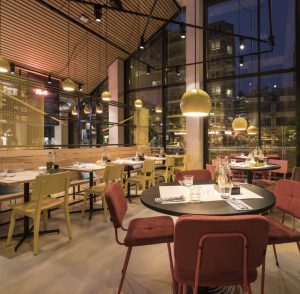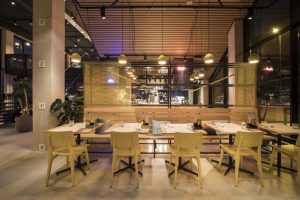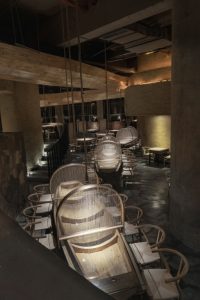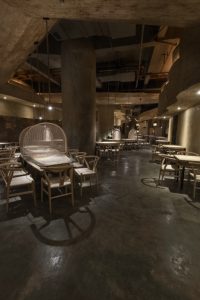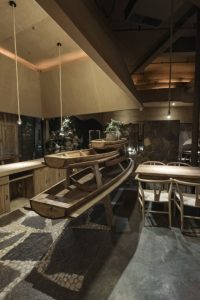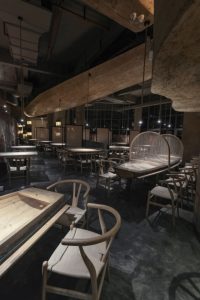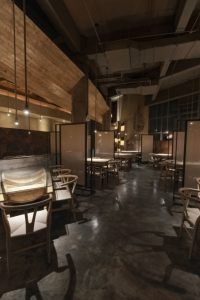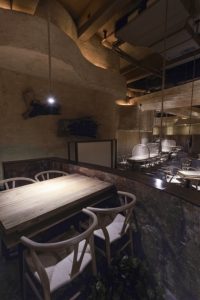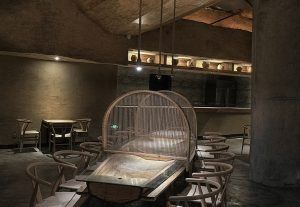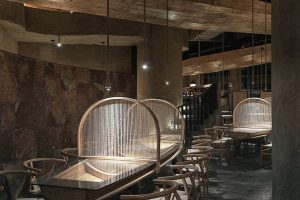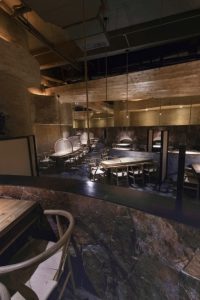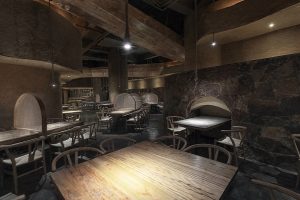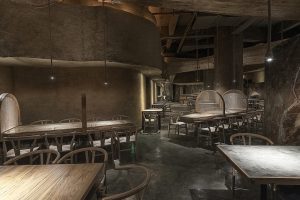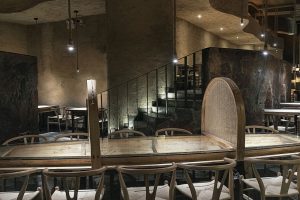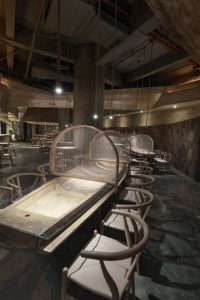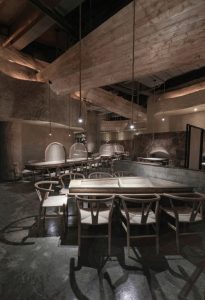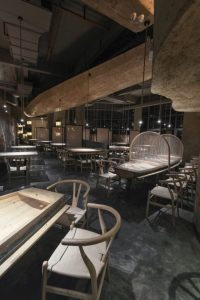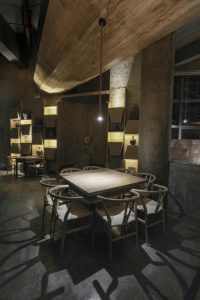Going out to dinner has never been more in vogue. Chefs are thinking outside the cookbook to create inventive and Instagram-worthy dishes, and stale restaurant chains are eschewing kitsch in favor of modern and clean aesthetics. Customer spending in restaurants is at an all-time high, says Kevin Armstrong, head of data analytics for restaurant and retail at branding and design firm King-Casey (Westport, Conn.). According to a recent U.S. Bureau of Labor Statistics report, 13.6 percent of all consumer wallet spending in the U.S. was on dining out. In 2002, Armstrong notes, that number was 10 percent. While those statistics sound positive, in 10 of the last 14 years in the U.S., he says the industry has built restaurants at a faster rate than the population has grown. “There are almost 700 chain restaurants per one million people, which is up from 645 a decade ago,” he says.
This, coupled with declining traffic as customers hop online for food or grocery delivery, means paying attention to branding, design and developing menu merchandising strategies to ensure profitability is more important than ever. (Armstrong credits McDonald’s recent successes with launching new premium products and offering all beverages for $1.)
ON THE MENU
In the case of Kasa, a restaurant in Hong Kong’s Central District, developing a menu merchandising strategy was key when determining a design concept. Its menu went through several iterations before the owner settled on the contemporized indigenous and Western-adopted comfort foods of Hong Kong’s iconic cha chaan teng, or tea restaurant, diners.
“We changed the concept to fit the menu,” says Elaine Lu, managing director of multidisciplinary design practice Lim + Lu (Hong Kong). “The interior should reflect the core values of the brand, and the menu is their identity.”
Kasa, Hong Kong / Photography: Dennis Lo, Nirut Benjabanpot, Hong Kong
Advertisement
To create the proper feel, designers developed a lively color palette from the green and pink tiles commonly found on the walls and floors in such establishments, then added materials like marble and brass for a contemporary twist. Booth seating, also found in those traditional diners, lines the walls, but is formed to resemble Western diner seating. “We see the cha chaan teng as the Eastern counterpart of the American diner, serving everyday food to its citizens,” Lu says.
Kasa’s design reflects the cuisine it serves and pays homage to the bustling spaces inside and out: To accommodate hungry crowds that may gather during lunchtime, the steel entry doors fold inward, creating an extension of the street.
FLYING COLORS
In The Pool restaurant’s third location, a 3000-square-foot space inside The Student Hotel in Eindhoven, The Netherlands, the look is clean yet colorful, with sunset-inspired hues of red, pink and yellow throughout. That palette, along with ashwood and natural oak materials, are part of a “sunset pool party” sub-theme devised for this particular location (each location has a different sub-theme).
According to Jeroen Vester, creative director at Amsterdam-based design firm Ninetynine, the design goal was to allow for fresh materials and colors at each restaurant without sacrificing brand identity, which focuses on a swimming pool concept. “Memories of swimming pools [include] recollections of playing games in the cool water, sipping on refreshing drinks, sharing stories during a meal, and the sound of laughter bouncing off the walls,” he says.
The Pool, Eindhoven, The Netherlands / Photography: Ewout Huibers, Amsterdam
Advertisement
The bright hues used throughout energize diners and provide a physical expression of those feelings. To lay out the color and pattern schemes, Ninetynine projected a diagonal grid onto the floor plan and determined that where the grid touched a vertical wall or piece of furniture, the material would differ.
Another challenge was creating intimacy within a glass-enclosed, double-height space, which designers resolved in their color and material choice: “We decided to clad the sloped high ceiling with wood to add warmth,” Vester says.
GOING LOCAL
“The highlight of this design is the combination of Jiangnan culture and the local culture,” says Xu Xu-Jun, founder of Yiduan Shanghai Interior Design (Shanghai), regarding the minimal, 5900-square-foot Pu Zao restaurant in Yunnan, China.
The restaurant takes its design cues from nature, such as the serene landscapes in Yunnan and tranquil waterways in the area of Jiangnan, south of China’s Yangtze River. Wooden boats suspended overhead do double duty as decorative elements, on par with Pu Zao’s water aesthetic while acting as a way to disguise exhaust pipes. “We broke the tradition of a monotonous naked ceiling,” Xu-Jun says. “The ceiling echoes the boats on the ground to become a whole, and make the space more pure.”
Pu Zao, Yunnan, China / Photography: Xu Xu-Jun, Shanghai
Advertisement
Focusing not just on locality, but also the terrain specific to those locales, highlights the culture of the area and brings out what Xu-Jun describes as “a poetic design space to attract clients.”
LOOKING AHEAD
In 2017, it’s not enough for a restaurant to simply serve good food and expect to survive. Design that excites through color, creates a cultural connection to its surroundings or highlights the cuisine through decor, can help create a memorable experience (and perhaps garner a few Instagram shots) in the crowded culinary scene.
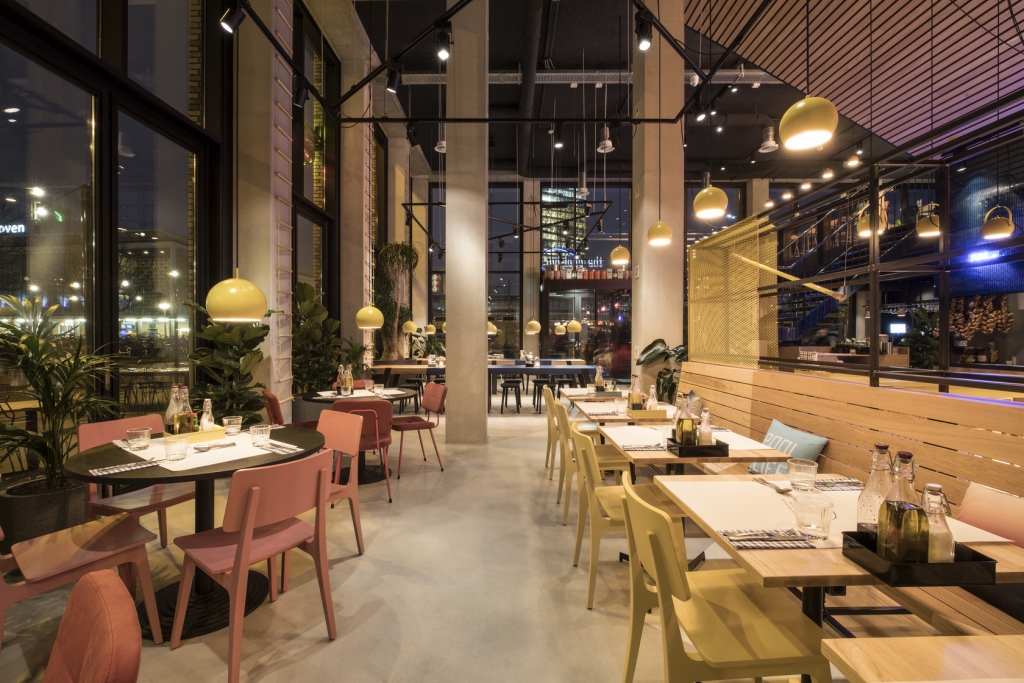

 Photo Gallery1 week ago
Photo Gallery1 week ago
 Headlines3 days ago
Headlines3 days ago
 Headlines1 week ago
Headlines1 week ago
 Headlines1 week ago
Headlines1 week ago
 Designer Dozen2 weeks ago
Designer Dozen2 weeks ago
 Headlines1 week ago
Headlines1 week ago
 Designer Dozen6 days ago
Designer Dozen6 days ago
 Headlines1 week ago
Headlines1 week ago
